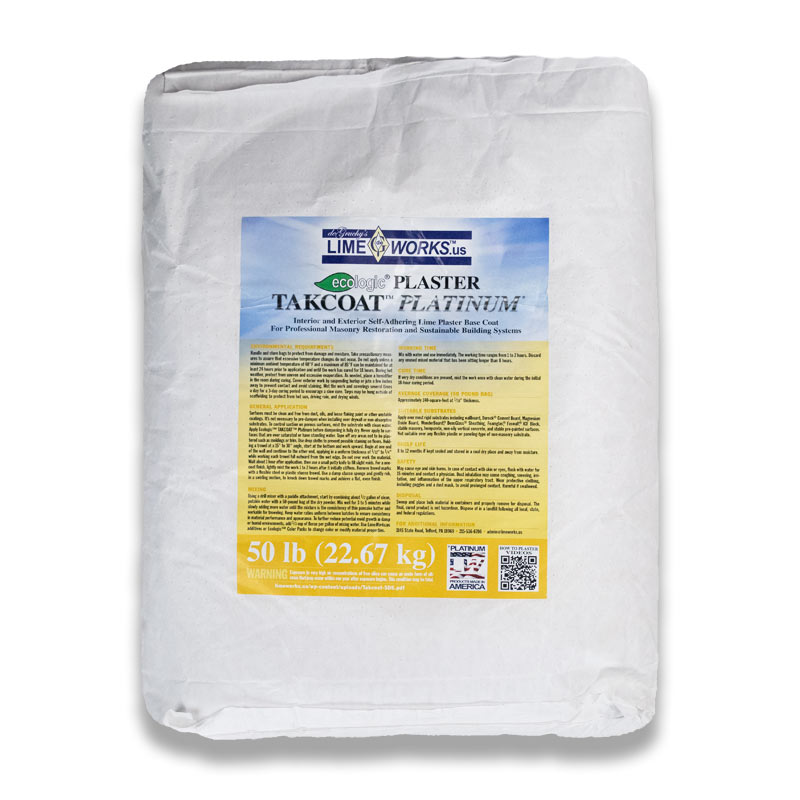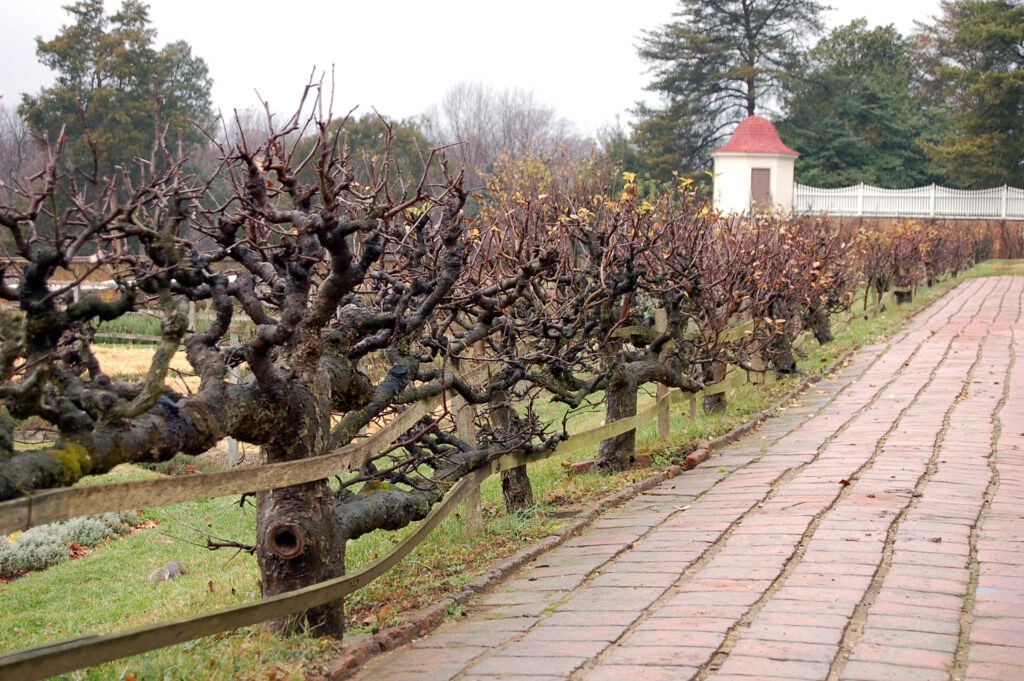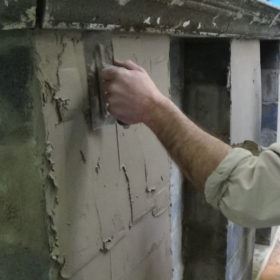Techniques for Plastering a Wall, FAQ Friday

Q: I have painted drywall in my home and would like a lime plaster finish. How can I achieve this?
A: There are many ways to achieve a lime plaster finish over painted drywall. The first issue to address is who is going to do the work. If you hire a good plasterer then they should know how to approach this issue. Even still, you could enlighten them with new products that they may not know about, that you have discovered in your research. If you are a more “do it yourself” kind of person with some trowel experience then you might be surprised what kinds of finishes you can achieve with a little bit of practice on some 12″ x 12″ sample boards.
How you ultimately approach applying lime plaster over drywall is dependent on three major factors… budget, authenticity, and texture. Depending on the budget allocated toward a lime plaster finish, a person can achieve a wide range of finishes. The polished mirror finishes often associated with Venetian plaster can but not always be associated with higher costs. This is due typically to higher materials costs and higher wage costs because of the skills required to achieve that level of finish. Speaking of wage costs it should be noted that ceiling applications are much more labor-intensive, rightfully so, and should probably be left to a professional plasterer. A rougher coarser finish can hide slight imperfections in artisanship, thus it typically costs less than other finishes. Since we have now linked the relationship between budget and texture to how you can achieve a lime plaster finish over drywall, it is time to move on to authenticity.
Authenticity refers to the quality of the product. Is it lime, acrylic, or a blend? Sometimes authenticity does not matter, however; with the ever-increasing customer demand for low or no-VOC products, it may play a role in your decision-making. There are flexible “lime” plasters that have chemical additions as well as many acrylic-based bonding agents available on the market. If you want a real lime plaster system on your painted drywall, then LimeWorks.us has a solution for you.
To begin applying plaster over drywall, start with a clean sound surface, free of any soaps or detergents, and course with no peeling or flaking paint. A quality finish is only as good as the quality of what is beneath it. Then simply trowel and apply TAKCOAT™ evenly over the entire wall 1/16th to 1/8th inch thick. This will act as a transition coat from paint to plaster. TAKCOAT™ uses hydraulic lime and natural additives to achieve a bond that can stick to glass, ensuring a good bond to the painted wall. Once the transition coat of TAKCOAT™ has cured for about 3 days, a second coat of lime can be applied to achieve the finish. Depending on what kind of finish is desired another coat of lime can be applied, or even three, four, or five. It all depends on what you or the client wants.
If a rough finish or soft-sanded finish is desired then Ecologic™ Mortar in either coarse or fine sand can be applied. If a fine-polished finish is desired then NHL 2 can be applied paper-thin in multiple coats to create depth to the finish, which is polished with black soap diluted with water. All of the products mentioned can be blended to make the right finish for you or the client. Custom colors can be matched for you, or you can add your own iron oxide or natural lime-proof pigments.
Because of all the case-specific challenges, answers to this FAQ are just a basic overview. If you plan to tackle this issue head-on, give a call or shoot an email to info@LimeWorks.us. We can help you with choosing the proper products and application techniques.

























I really appreciate that you shared this amazing post with us, thanks for sharing and keep up the amazing work.
I like how you mentioned that a wide array of plaster finishes can be achieved on your project depending on your budget. My brother is thinking of looking for gyprock plastering materials because he’s considering turning his basement into a game room for his kids. I think it’s best for my brother to consider all of his options when choosing a reputable supplier to buy plaster from if he decides to do the renovation in his home.
Thanks for sharing these plastering wall techniques it is definitely helpful and informative.
Good information for those that want to “DIY” some plastering jobs.
I appreciate you sharing these plastering wall techniques; they are both useful and instructive.
These are some great techniques. Part of my home needs repair/ I’ve been tempted to try and do it on my own, maybe I’ll give it a try after reading your article